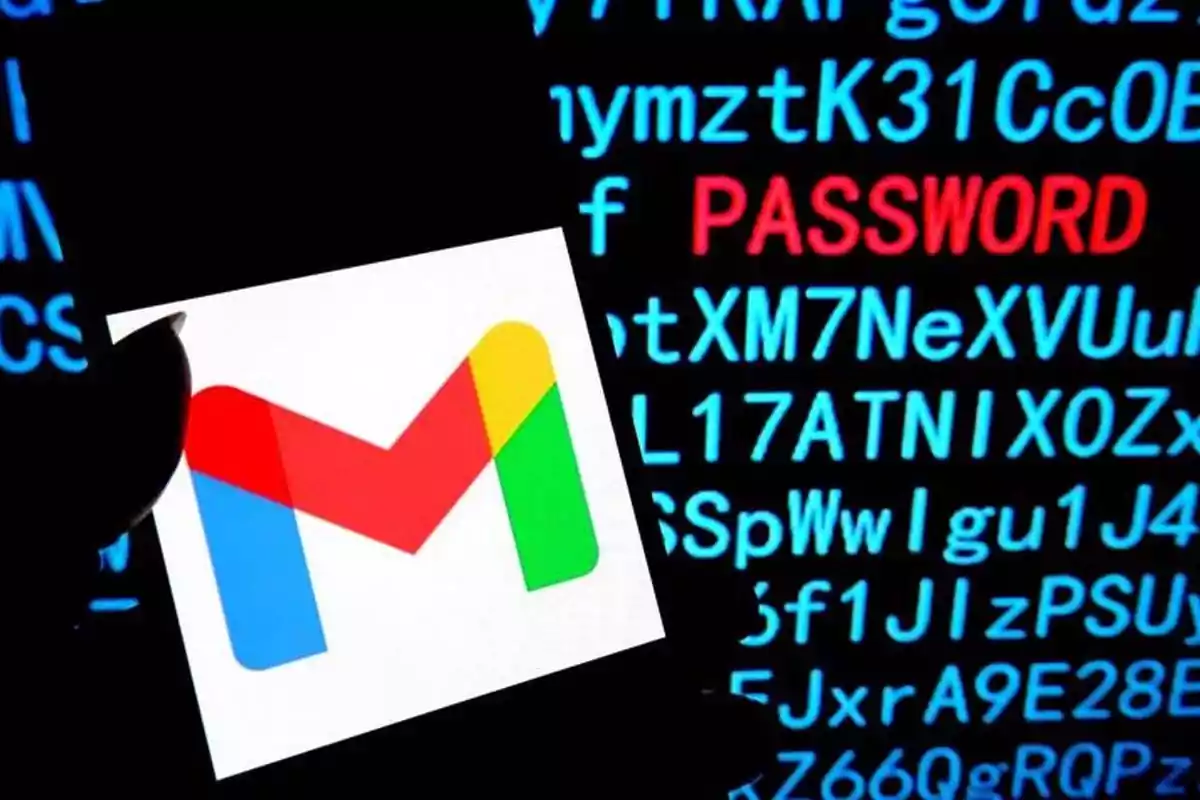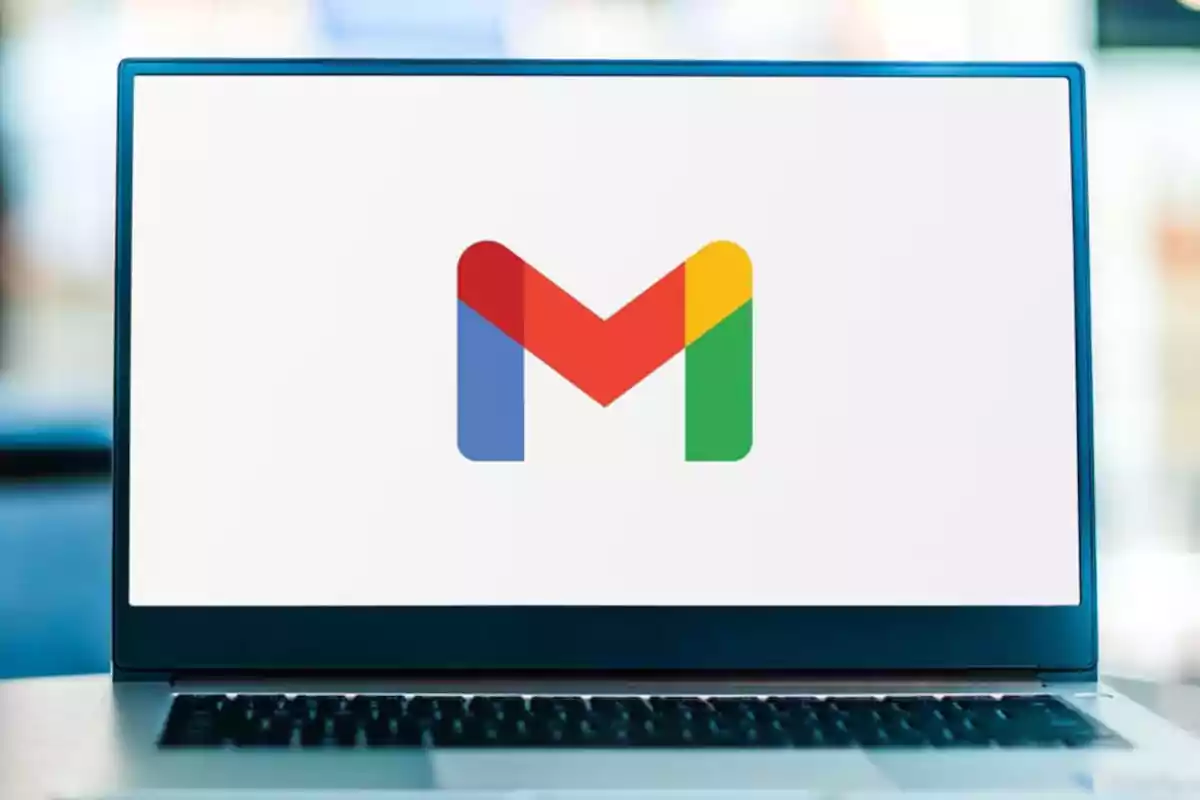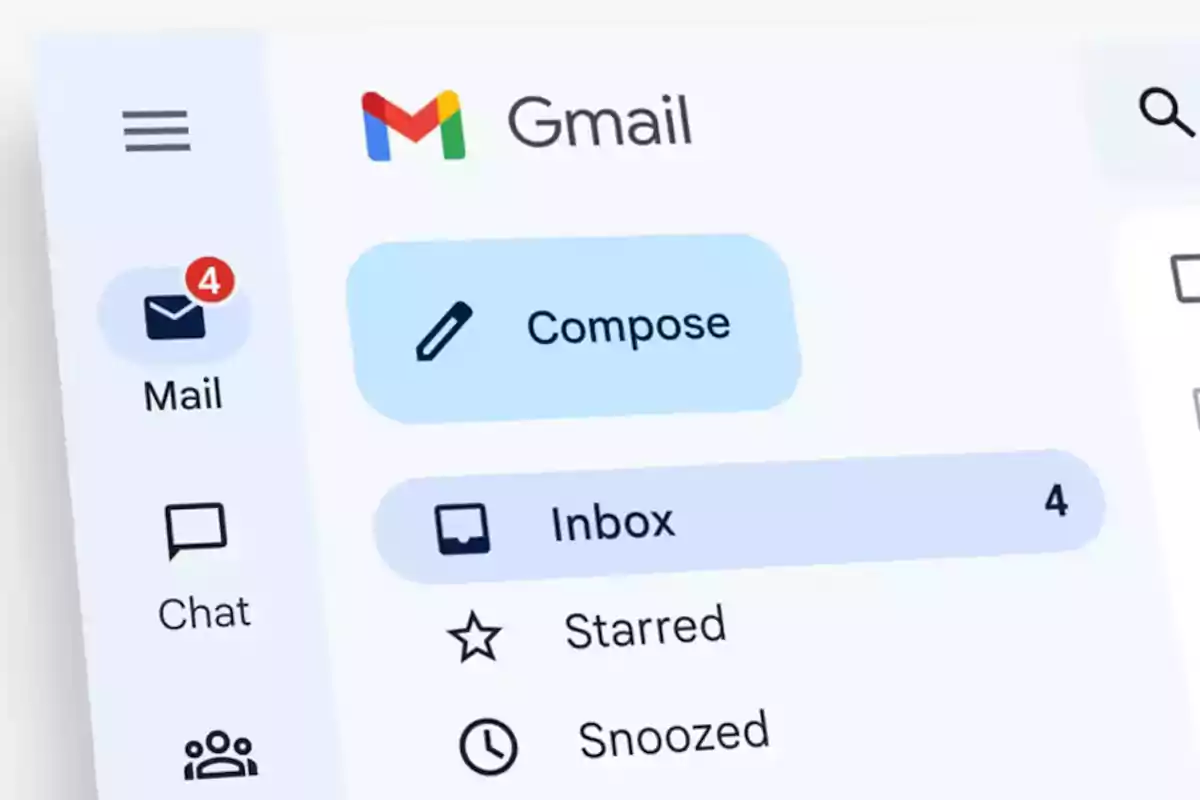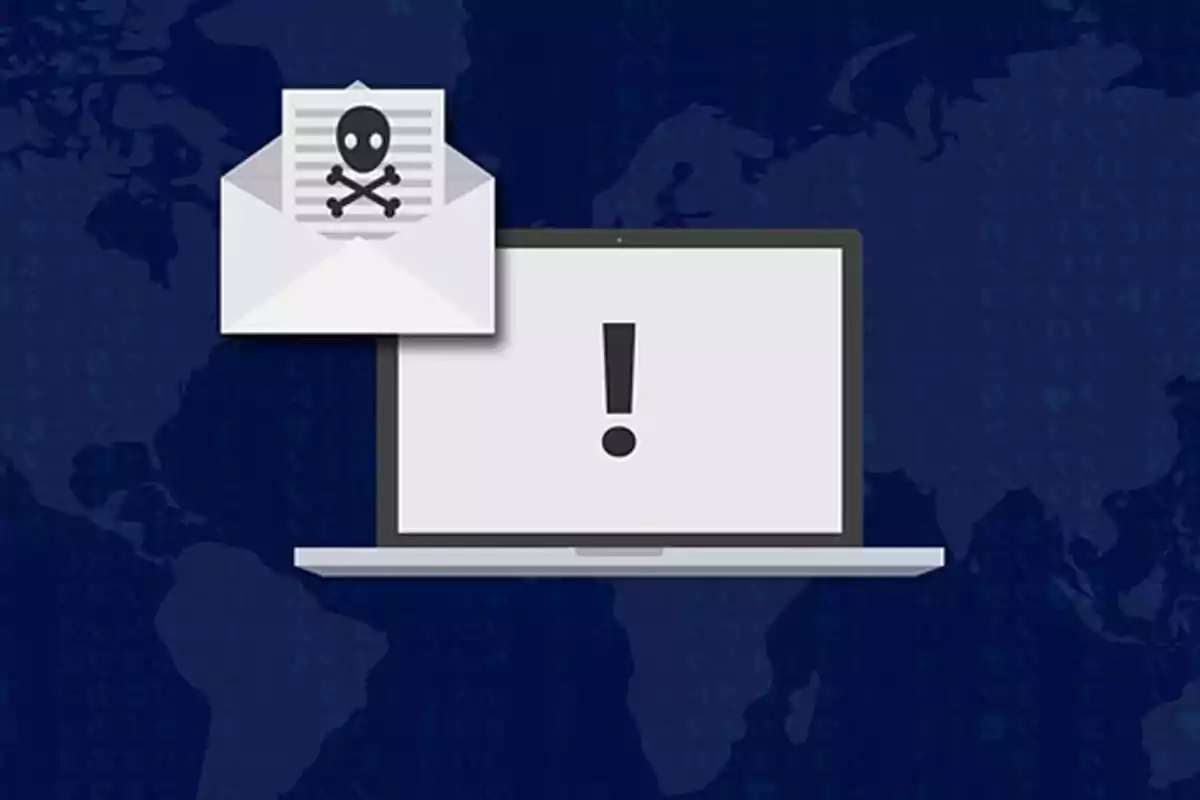
How to avoid the new Gmail scam that empties your bank account in seconds
Learn how the new Gmail scam works that steals your data and empties your accounts without you noticing
A new online scam puts personal Gmail accounts and bank funds of unsuspecting users at risk.
Cybercriminals pose as the Google team to deceive victims and access their data. The method is simple but highly effective.

What is this new Gmail scam about?
The attack begins with an email that appears to be official from Google. The message warns about suspicious access or a temporary account lock.
Then, the user is invited to click on a link to "verify identity" or "regain access." That is the first step to falling into the trap.
What happens if you click on the link?
The link leads to a site that mimics Google's design. Everything seems legitimate, but it is a copy created by scammers.

The victim enters their email and password, believing they are recovering their account. In reality, they are handing over their credentials directly to the cybercriminals.
What do scammers do with your account?
With access to the compromised Gmail, criminals can:
- Steal saved passwords in the browser or email.
- Access bank accounts or social networks linked to the email.
- Send emails from your account to continue spreading the scam.

Keys to identifying a fraudulent email
- Messages that create a sense of urgency, such as "we will suspend your account in 24 hours."
- Suspicious links or errors in the web address.
- Spelling or writing errors in the message text.
- Requests to enter personal data or security codes.
- Emails that pretend to be from Google but do not end in @google.com.
What should you do if you receive an email like this?
At the slightest suspicion, it is crucial not to act impulsively. Follow these steps:
- Do not click on any link in the message.
- Do not enter your password or personal data.
- Mark the email as phishing using the Gmail option.
- Change your password if you shared your data.
- Enable two-step verification to protect your account.

Four measures to protect your Gmail account
- Two-step verification (2FA): add an extra layer of security.
- Secure password: combine letters, numbers, and symbols. It must be unique.
- Check connected devices: and log out of those you do not recognize.
- Security alerts: enable notifications for suspicious activity.
More posts: